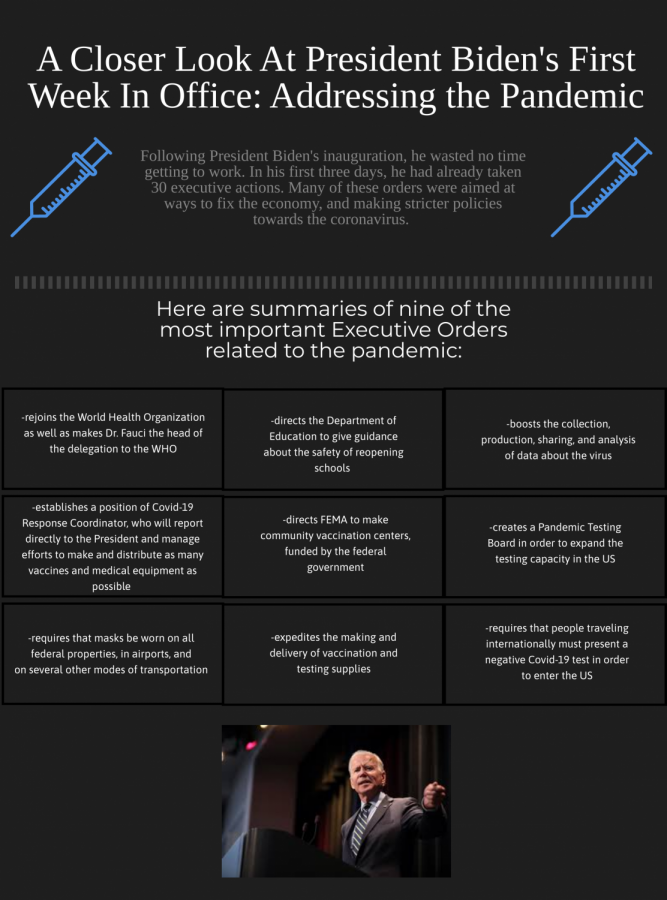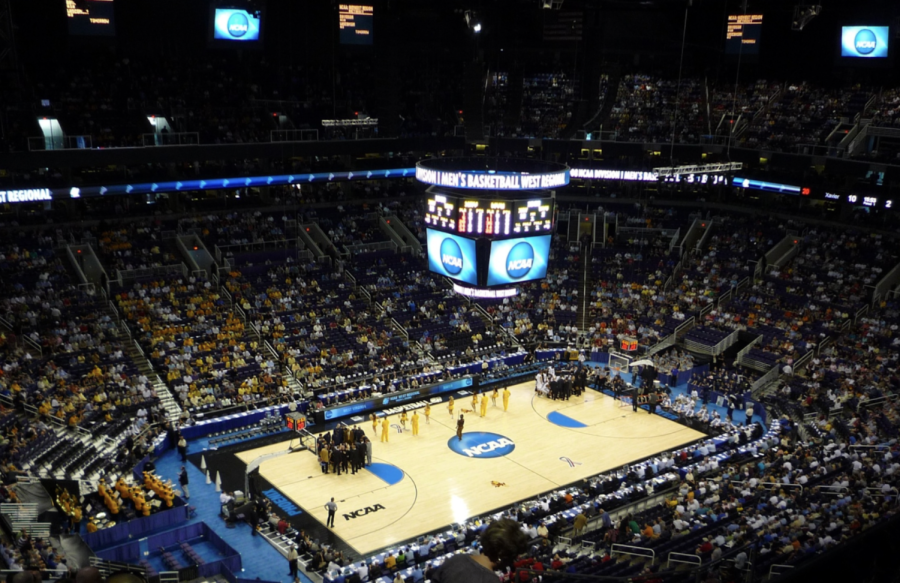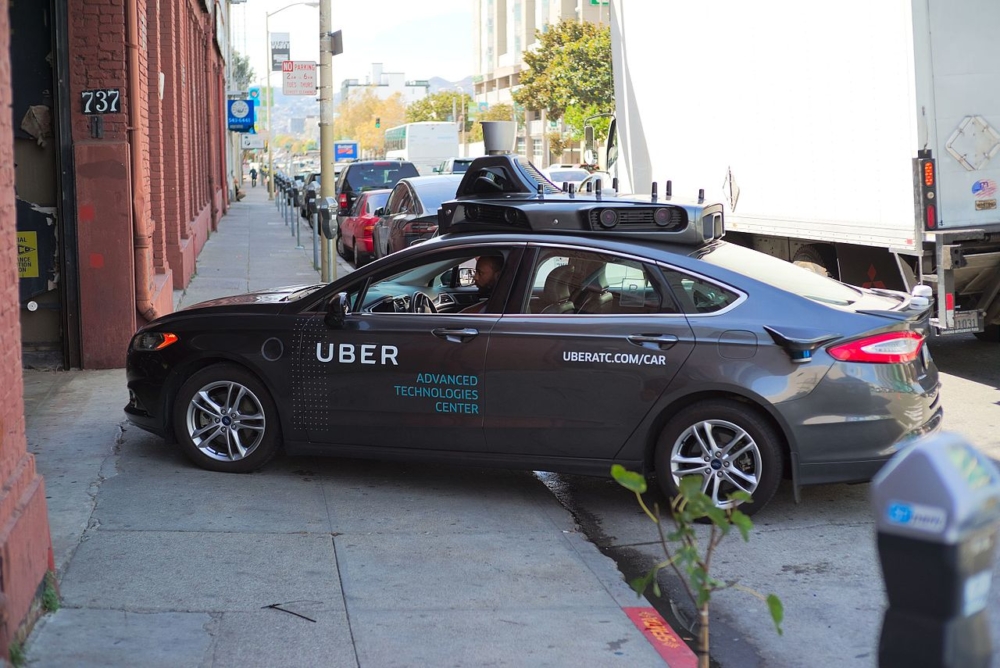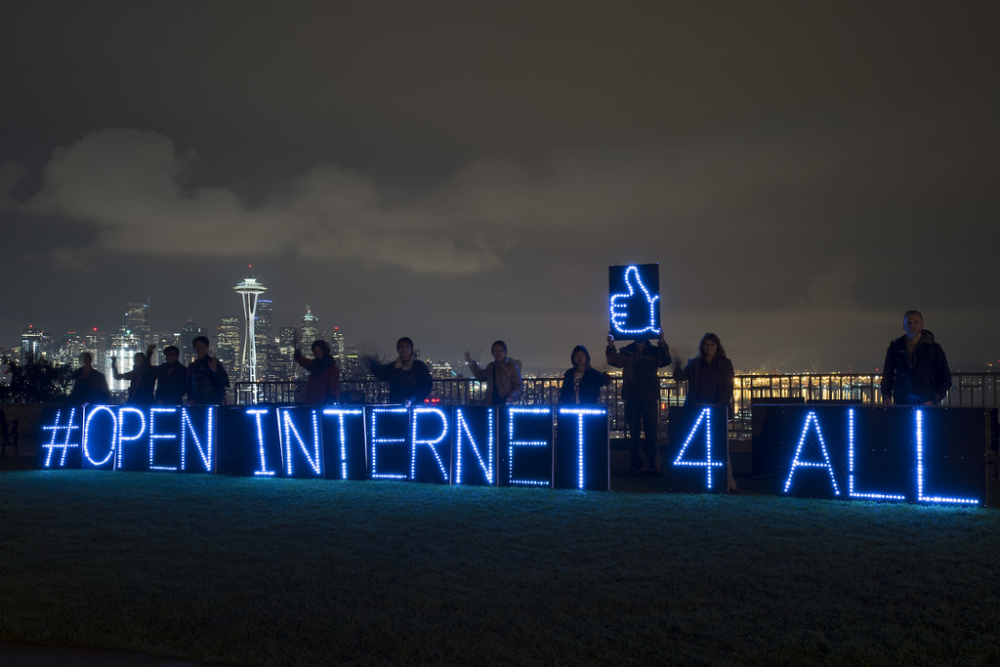[ot-caption title=”The Red Planet not yet visited by humanity. (via Wikimedia Common/ESO/M. Kornmesser)”]
Ever since the first manned mission to the Moon in 1969, the frontier for human exploration has expanded well beyond our homely planet, and explorers, agencies, and individuals alike have dreamed of moving further into the cosmos. However, it has been almost half a century since the Apollo program, and we have not yet put humans on another planet. Why is that, and when can we expect to see it happen?
Part of it has to do with history. The Moon missions were part of an inordinately costly program that was only fueled as part of a competition between the United States and its competing superpower, the Soviet Union. This competition stemmed from a desire to prove to the world which ideology was superior. This military and political motivation allowed for incredible expenditures that would never again be realized. There is, though, an advantage today that did not exist in the late 1960s: commercialization of space exploration. With the advent of companies like Elon Musk’s SpaceX, Jeff Bezos’ Blue Horizon, and Virgin Galactic, the private sector proved it could break into a space that was previously dominated by government agencies (NASA and Roscosmos).
Recently, NASA released plans for its 2030 mission called Orion, which intends to have people land on the Red Planet. The legendary space agency put forth a multi-step plan to move from Earth reliant exploration to Earth independent exploration, with the eventual task of getting humans to set foot on Mars. The first major goal, as outlined by the NASA Authorization Act of 2010, is that NASA must bring an asteroid into orbit around the Moon and then have astronauts land on said asteroid.
Public interest has increased in these programs, as films like Interstellar and The Martian have re-imagined the future of humanity. Another cause of this spike in public interest can be attributed to a shocking statement made by Elon Musk that suggested colonization and terraforming of the barren landscape of Mars. However, with all this intrigue and planning, there does not appear to be great strides being made, and that largely comes down to the challenges of space travel: cost and logistics. In terms of the 2011 dollar, the average cost of sending a man to the Moon in the Apollo program was $1.15 billion. This astronomical value shows why there is such hesitation and lack of interest, given the trade-off that must be made in supplying money to space exploration instead of, say, beneficial welfare programs. Additionally, travel time is about seven months in one direction, which will require better fuel technology and storage capacity as well as human training to stay in space for unprecedented lengths of time.
Ultimately, we can be optimistic and excited about the future of our species and the continual pushing of the frontier of human exploration. This optimism becomes especially relevant as SpaceX CEO Elon Musk and the entire private space industry advance technology and interest beyond the accomplishments of NASA, with SpaceX hoping to send two tourists around the Moon in 2018.
Sources: NASA, National Geographic Photo Source: Wikimedia Commons

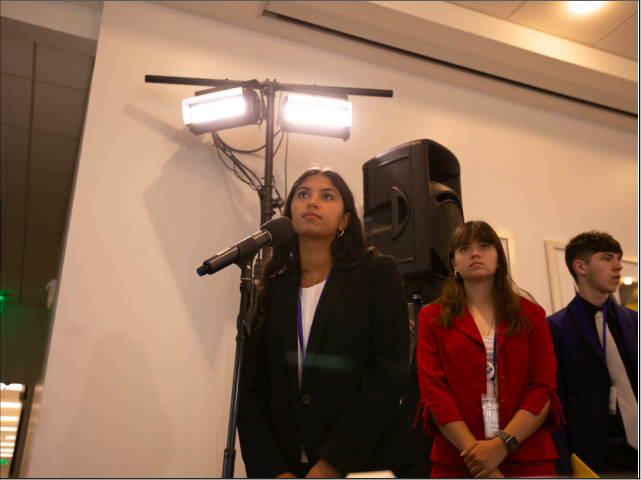









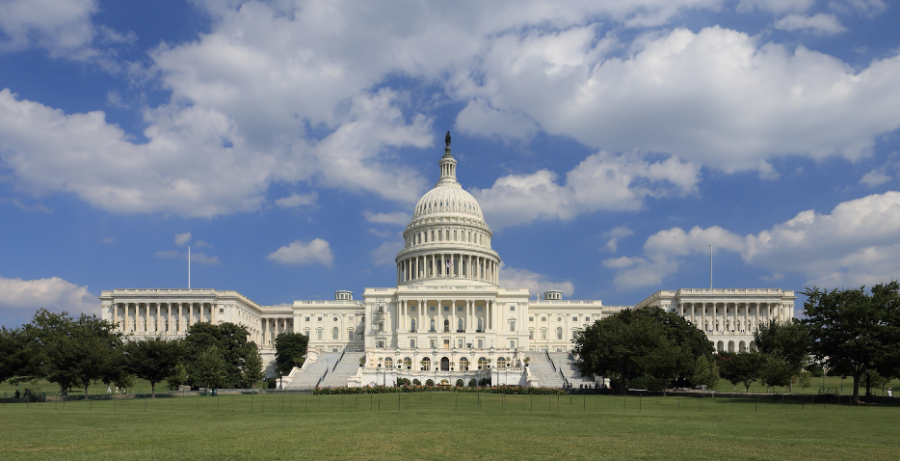
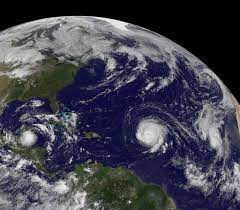



















![Stranger Things 4: What to Expect [Warning: Contains Spoilers]](https://pcpawprint.com/wp-content/uploads/2021/11/StrangerThings4-900x473.jpeg)


















